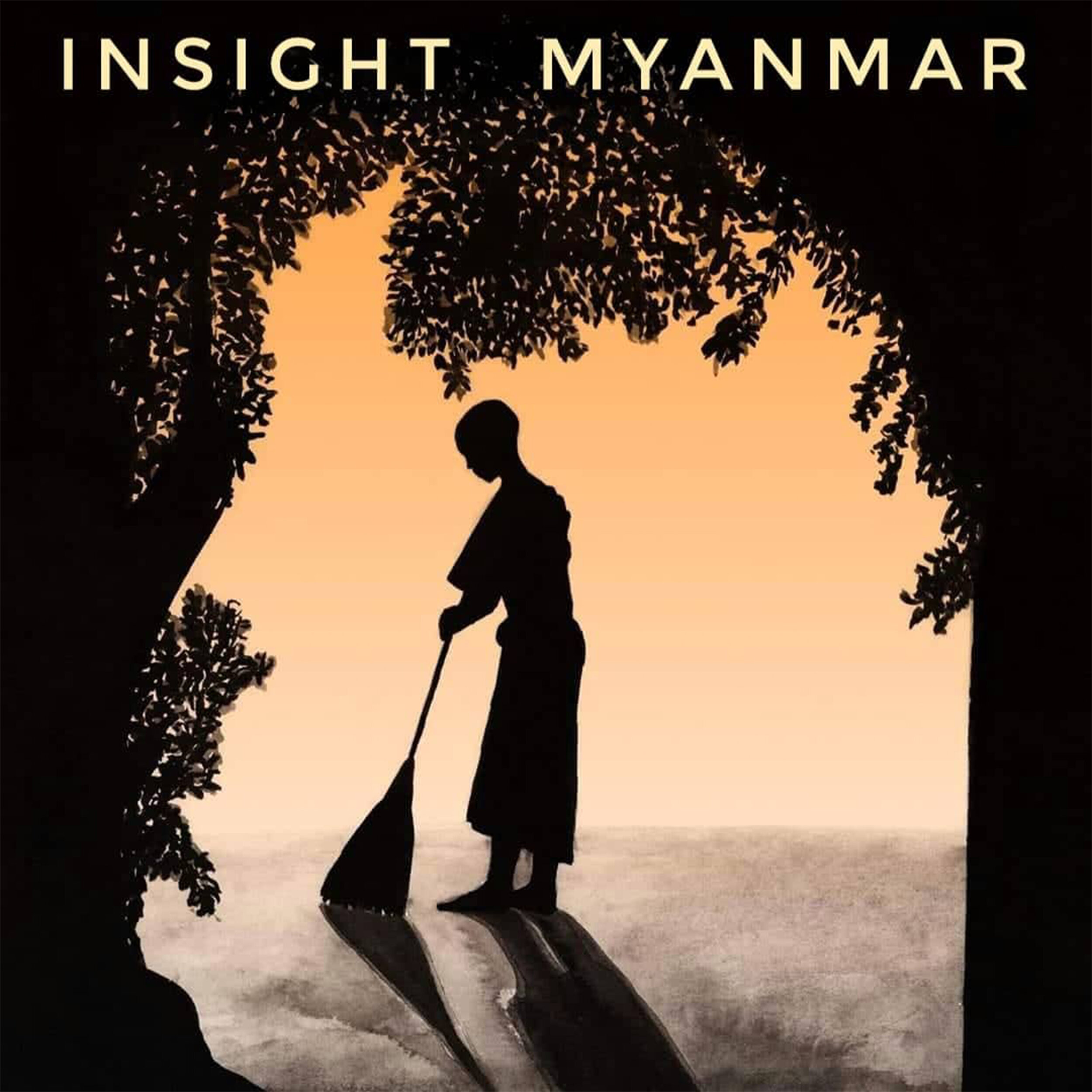"A short moment can be represented very dangerously!"
In journalism, Min Ma Naing described in a recent podcast episode how she eschews conventional norms, opting for a nuanced approach that unveils the intricate fabric of individual experiences. Rather than conforming to mainstream trends, she prioritizes the unheard voices of ordinary people in Myanmar's resistance against the coup. Abandoning scripted questions, she engages subjects in authentic conversations, fostering a deeper understanding beyond commercial news constraints. By steering away from the spotlight on prominent figures and protest sites, she weaves a rich tapestry of diverse perspectives, acknowledging the people's revolution as their narrative to share. Her commitment to capturing the nuance in stories challenges the superficiality often inherent in traditional news coverage.
“We have to loosen up a little bit, and we have to find their natural moment. Then the natural story comes unexpectedly.”
Host: I really like the honesty that you're bringing, as you're coming with one set of preconceived conditions, and I think it really takes an ability to recognize that there is a divergence between the preconceived and unexamined assumptions you're bringing in and what the story is actually telling you. To be able to identify the errors in what you're bringing to a story and look at the story itself; I think that's profound and being able to course-correct in that way. You also describe in taking on this project that you went with fears of being a parachute journalist, and I thought that was a very interesting expression. To unpack that expression for listeners who don't know, a parachute journalist is a journalist who parachutes from an airplane into a remote area that they have no background in, files the story, and then goes back on the plane and leave. So, it's kind of this in-and-out journalist who doesn't really have a proper understanding of the context, it's quite a negative term. Often that term is used, at least in Myanmar, meaning like white Western journalists who come into Myanmar to try to parachute into those places, do a story and go back to their comfortable places in the US. So, I thought it was interesting that you as a Bamar with some Chin mixed in, basically a Burmese reporting on another Burmese story, that you were using this term for yourself and fear that's something you didn't want to be. So, in what way did you feel so disconnected and removed from that story taking place that you had concerns that you could fit into this mold of a parachute journalist?
Min Ma Naing: For me, most of the stories are new, sometimes we have research time, but sometimes we don't, so I was worried that I might represent the story in a wrong way. Although I'm an insider, I couldn't know the lived experience of the people I'm taking pictures of or the telling the story of.
Sometimes it can really impact the media landscape, so I was really careful. I was conscious of how little we know about the issue! So, I had to remind myself that I have to spend the time, because that can tell a difference story.
For example, if I spent only one day in the nunnery school, I would only see maybe like a tired young nun after she came back from the school. Because we all have tiresome moments, maybe I will interpret that moment in a negative story or something like that. A short moment can be represented very dangerously!
I think like the news, like hot news, or the rash nature of the news can face this kind of problem. It can be problematic, because very rarely we follow it up in the newsroom, or a follow up story, we couldn't even spend like more than two days in the newsroom. Maybe because of the resources and limitation of the finance, but if we encourage ourselves to spend more time, we can see more of the story, like sometimes a story just comes unexpectedly. If we don't spend that time, we will miss those moments.
Sometimes the people we are photographing or collaborating in the story also knows how to answer media questions, because people are very familiar with the media, right? For example, like the Faces of Change project, people answer with similar responses, because they know this is how they have to tell the media. So, we have to loosen up a little bit, and we have to find their natural moment and natural story come unexpectedly. Sometimes they know our expectation, so it's both ways; we come with an expectation and the people we are shooting also know our expectations.
